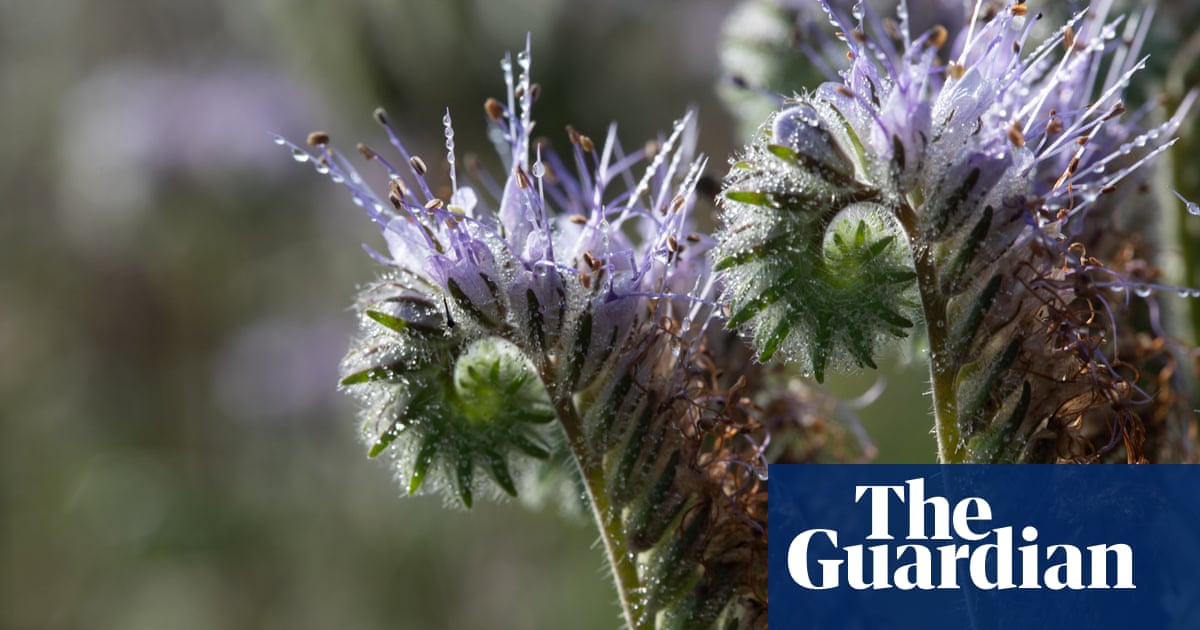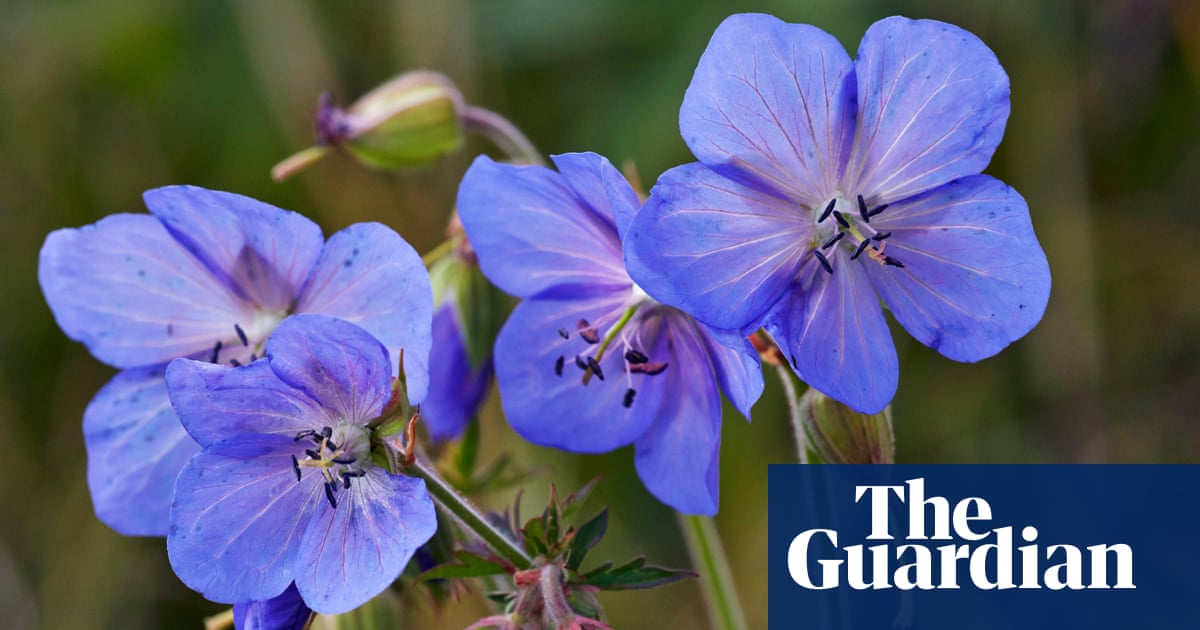
The purple reign of the king of thistles has come to a brown end. No more glancing up from the kitchen sink at spectacular heads, now gone to seed. The nth summer in a row has passed in which I have failed to remember the name of these dazzling giants without a prompt. Think of cartoon. Ah yes, cardoon.
In the garden, I struggle to remember any names that do not describe the flower. Paradoxically, I have no such problems in the countryside. Among a field edge wildflower mix of lucerne, white clover and chicory, sainfoin leaps out of my brain and labels the curled pink lips of a plant with a leguminous pea look.
In the south of the county, the duller native sainfoin prostrates itself on chalk, but these brighter flowers owe their origin to introductions from continental Europe in the 17th century, as fodder crops. While even a Gallic-inflected pronunciation, “san fwan”, does nothing to reinforce any relationship between word and object, understanding the French translation as “healthy hay” sparks meaning. Even better is the Latin Onobrychis – literally “devoured by donkeys”.
I have more joy with Phacelia. After six years of it being sown into the arable farm headlands here, its scientific name is embedded in my memory, and as the flowers go over in the slide towards autumn, its other name, “fiddleneck”, from its native United States, becomes ever more appropriate. Each coiled spike resembles nothing so much as the head of a violin. At the height of summer, the flowers presented a mauve blaze in this field, so densely packed that they deserved their Greek name, which means bundle. On one hot, still day they were so full of bees, it was as if a whole squadron of Lancaster bombers was passing through. Today, a solitary honey bee is left, working through the string orchestra to find still-flowering fiddlenecks.
When the plough turns, Phacelia seeds will bed down and some may flower along these edges next year. Such crop leftovers are the most common arable weeds. What wit in the farming world dubbed such persisting plants “volunteers”?












